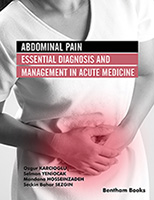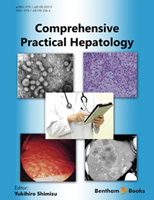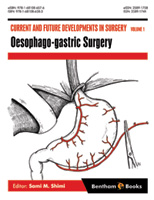Introduction
Gastroenterology and hepatology represent dynamic fields of study and practice in internal medicine, with numerous innovations manifesting over the last 30 years. What is New in Gastroenterology and Hepatology is a reference which presents updates on the latest advances in the aforementioned subspecialties. The book offers a broad range of topics in a structured, clear and comprehensive fashion. Thirty-three chapters provide knowledge on basic medical research and practical applications in the clinic with information contributed by several members of the Romanian Society of Gastroenterology and Hepatology (a medical society with a history of more than 60 years). The contents feature updates on common and rare disorders of the gastrointestinal tract (esophagus, stomach, intestines), pancreas and the liver, as well as new imaging techniques such as video capsule endoscopy and contrast enhanced ultrasound (CEUS). Special topics of recent interest such as the value of gut microbiota in medical interventions and the use of ‘omics’ technologies for precision medicine, and telemedicine are also included. What is New in Gastroenterology and Hepatology is an informative reference for all medical researchers and healthcare professionals (gastroenterologists, hepatologists, internal medicine physicians, surgeons, oncologists) who wish to keep themselves up to speed on new advances in these medical subspecialties.





